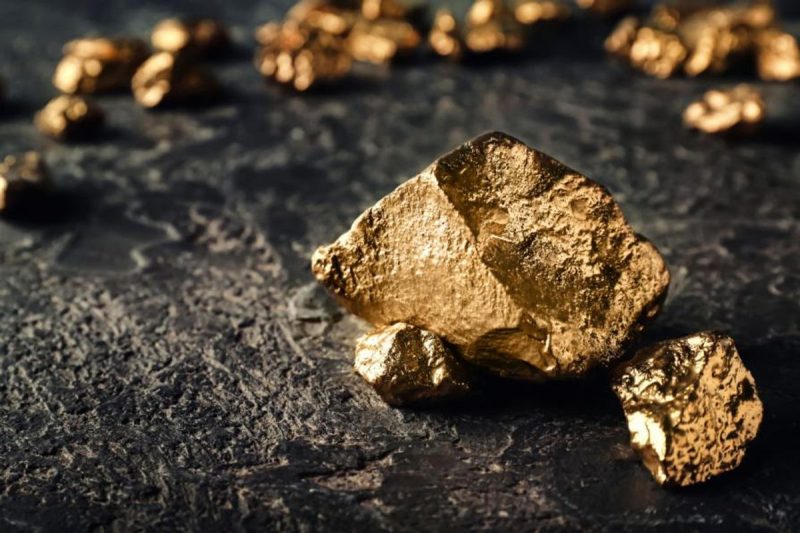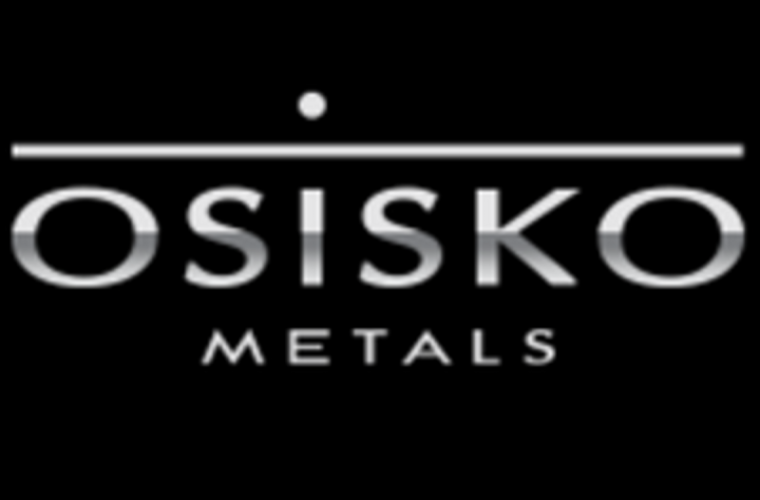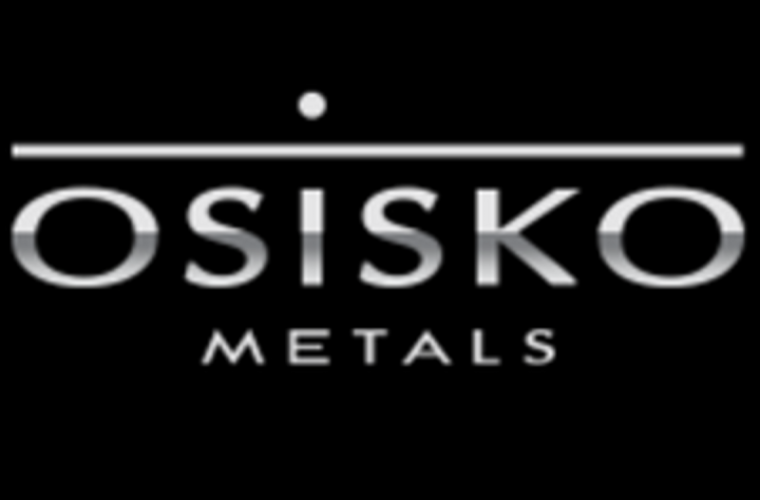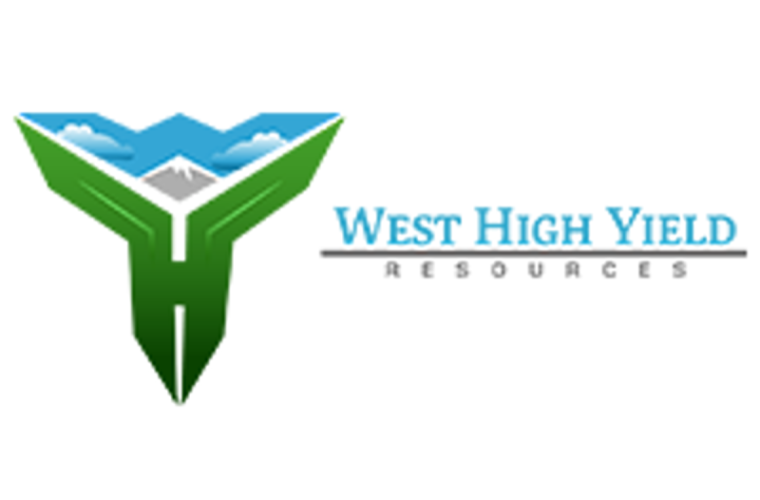

It’s been an unpredictable year for gold. After facing ups and downs throughout 2023, the yellow metal has climbed substantially through the fourth quarter since conflict broke out in the Middle East.
Gold’s momentum culminated in a new all-time high of US$2,152.30 on December 4. These high levels have helped to ensure interest in exploration companies, with many small-cap companies providing good returns for shareholders.
So which TSXV gold stocks have performed the best in 2023? This list below shows the TSXV-listed gold companies with the biggest year-to-date share price gains. It was generated on November 28, 2023, using TradingView’s stock screener, and all stocks included had market caps above C$10 million at that time. Read on to find out more about their activities.
1. Rusoro Mining (TSXV:RML)
Year-to-date gain: 700 percent; market cap: C$252.93 million; current share price: C$0.40
Gold-focused Rusoro Mining used to have interests in Venezuela. Up until 2012, the company was operating two mines and two mills in the country, along with two additional projects that were nearing the production stage.
However, in March 2012, the Venezuelan government nationalized Rusoro’s operations without compensation. Following the appropriation of its operations, the company entered into arbitration proceedings before the World Bank’s International Center for the Settlement of Investment Disputes; over four years later, in August 2016, Rusoro was awarded US$967.77 million, plus pre- and post-award interest, for a total of more than US$1.2 billion.
Over the past several years, Rusoro was involved in appeals over the decision, and it filed proceedings to enforce the award in October 2018, announced it had come to an agreement in which Venezuela would pay Rusoro for mining data and the award with an initial US$100 million in November 2018, with the balance to be paid in monthly installments over five years starting in January 2019.
Venezuela issued the payment as agreed, but Rusoro announced in December 2018 that a portion of the funds had been frozen due to concerns about US sanctions against Venezuela.
The company announced more negative news in January 2019, when the Paris Court of Appeals partially annulled the arbitration award for the company. The court upheld the original tribunal’s findings that Venezuela was liable for unlawful expropriation of Rusoro’s investments, but annulled the findings on damages. Following lengthy court proceedings, the French Supreme Court reinstated the arbitration award in March 2021.
Shares of Rusoro began rising this year following positive announcements beginning on April 11. They point to an end to legal proceedings, and show the company could be getting closer to obtaining compensation for Venezuela’s expropriation of its assets. The US District Court for Delaware found that Rusoro has proven that Petroleos de Venezuela (PDVSA) is the corporate alter ego of Venezuela, and that the now US$1.7 billion award could be enforced against PDVSA assets.
Another announcement came on July 10, when Rusoro shared news that a three judge appellate panel had rejected Venezuela’s argument that political turmoil warranted a different outcome when deciding that PDVSA was controlled by the government. The panel stated, “Even accounting for those differences (regarding political turmoil), the district court correctly concluded that PDVSA remains the alter ego of Venezuela.”
Shares in Rusoro have gained 700 percent this year, reaching a year-to-date high of C$0.51 on August 2.
2. Winshear Gold (TSXV:WINS)
Year-to-date gain: 400 percent; market cap: C$21.54 million; current share price: C$0.275
Winshear Gold is a gold and copper exploration company that is focused on the development of two projects in Peru. Its Gaban project consists of 41 concessions across 15,629 hectares, and its Ica copper-gold project has six concessions over 2,198 hectares. Its previous SMP gold project in Tanzania was halted following the abolishment of retention licenses by the Tanzanian government, and Winshear entered into arbitration proceedings with the government in 2020.
On May 16, Winshear received authorization to begin exploration at the Gaban site, where previous work had identified sample values of up to 15.8 grams per metric ton (g/t) gold over 1 meter.
The company’s share price rose in July following news that Indiana Resources (ASX:IDA,OTC Pink:GSMGF) had been awarded US$109.5 million from arbitration proceedings against the Tanzanian government over the abolishment of retention licenses. Winshear believed the news was a positive sign for its own efforts.
This proved to be true, and the company announced on October 16 that it had reached a settlement agreement with Tanzania’s government and had been awarded US$30 million.
On October 26, Winshear indicated it would be using a portion of its settlement to make a return-of-capital payment to shareholders at a rate of C$0.25 per common share, with the remainder to be used to fund the initial drill program at Gaban. The company later shared that it would begin distribution of funds to shareholders on December 8.
3. Canadian Gold (TSXV:CGC)
Year-to-date gain: 385.71 percent; market cap: C$29.36 million; current share price: C$0.17
Formerly Satori Resources, Canadian Gold is a junior miner whose primary asset is the past-producing Tartan mine, located near Flin Flon, Manitoba. It produced 47,000 ounces of gold between 1987 and 1989, and its most recent resource estimate was released in 2017; it includes indicated reserves of 240,000 ounces of gold.
After starting the year at C$0.04, shares of Canadian Gold saw a considerable rise early in the year following a February 6 news release announcing that former Goldcorp Chairman and CEO Rob McEwen would acquire a 37.6 percent stake in the company; Canadian Gold was also to acquire McEwen’s private exploration company, Apollo Exploration.
The deal, which closed on April 25, gave Canadian Gold access to Apollo’s portfolio of exploration projects that are in the vicinity of current gold mines and significant development sites, namely the Malartic South project near Agnico Eagle’s (TSX:AEM,NYSE:AEM) Canadian Malartic open-pit mine and upcoming Odyssey underground mine, as well as the HEES project near Barrick Gold’s (TSX:ABX,NYSE:GOLD) Hemlo mine and the Hammond Reef North and South projects, adjacent to Agnico Eagle’s Reef gold project. Canadian Gold hit a year-to-date high of C$0.345 following the announcement.
On September 27, the company released drill results from exploration at Tartan, with intervals grading up to 23.8 g/t gold over 12.6 meters. These numbers built on previous results from August 23, which include assays of up to 12 g/t over 8 meters. The second phase of drilling at Tartan began on November 8.
In its most recent news on November 16, Canadian Gold closed the second round of a private placement offering, raising gross proceeds of C$1.73 million. This brings the total for the first two tranches to C$2.36 million. Canadian Gold anticipates one more round of funding and will increase the offering to C$2.56 million.
4. Trailbreaker Resources (TSXV:TBK)
Year-to-date gain: 278.95 percent; market cap: C$11.64 million; current share price: C$0.36
Trailbreaker Resources is a gold explorer and project generator with a portfolio of projects in BC and the Yukon, Canada. In BC, its projects include the Castle Rock project on Vancouver Island, the Atsutla project just north of BC’s Golden Triangle and the Golden Sable and Eakin Creek projects near Kamloops. As for the Yukon, Trailbreaker owns the Sheldon project. The company also recently optioned out a portion of its Eagle Lake project in South-Central BC.
Shares of Trailbreaker started to see significant gains at the end of March and into early April as it shared a pair of news releases. The first was on March 27, when the company received permits to start drilling at its Eakin Creek asset. Trailbreaker acquired and consolidated Eakin Creek following the discovery of gold-bearing boulders on the site, and after grab samples from the area returned values of between 2 g/t and 130 g/t gold.
On April 3, the company received a geological study for its Atsutla gold project; it points to evidence of a porphyry-epithermal system and possible orogenic-type mineralization, and specifically highlights the Swan zone, at which nearly all rock units are variably altered. The study lays out recommendations for future work, including LiDAR surveys across the property, an induced polarization survey at Swan and drilling at Swan and the Highland zone.
Trailbreaker completed maiden drilling at Eakin Creek on June 29. It consisted of 2,039 meters across 11 holes, and tested geochemical anomalies discovered during 2022 exploration. The firm published results from the program on September 5, saying it encountered gold-bearing intervals in all 11 drill cores, with one intersection grading 14.3 g/t over 1 meter.
On September 14, Trailbreaker announced that recent testing was successful in extending the project’s previously delineated 3 kilometer long gold-in-soil anomaly by 1 kilometer, with it remaining open. On November 27, Trailbreaker received results from testing at Castle Rock. In the report, the company said it has defined a 3 kilometer gold-in-soil anomaly, as well as two new zones at the site, Kokummi and Watchtower. It also said rock samples graded up to 42.1 g/t gold and 1.93 percent copper from the Flan zone, confirming historic results from the property.
While the company’s share price did not react strongly on November 27 and it has not issued further news, shares suddenly soared on December 1, reaching a year-to-date high of C$0.49 during trading.
5. Golden Horse Minerals (TSXV:GHML)
Year-to-date gain: 257.14 percent; market cap: C$19.94 million; current share price: C$0.125
Golden Horse Minerals, formerly Altan Rio, is an exploration company with projects focused within Western Australia’s Southern Cross Greenstone Belt. Its sites, which are located in the northern portion of the region, include the Hopes Hill zone, the Corinthia North zone and the Bullfinch zone, the last of which was acquired in June. Each zone is located close to historic mining sites, and Hopes Hill hosts a historic mining stockpile at its Pilot prospect.
The company saw gains early in the year as it began to consolidate its properties within the Southern Cross region. Its first news came through a SEDAR filing on February 22, when it announced it had exercised an option agreement for a 90 percent interest in an exploration license between Southern Cross and Bullfinch.
In a release on May 12, Golden Horse provided an update on a sampling program at the Parisian target area, pointing to a rock chip sample of 11.75 g/t gold. The company said it was in an enviable position with multiple drill-ready targets identified, and noted that it would be prioritizing these targets as it was finalizing a drill program.
During the June to August period, the company made significant additions to its assets. On June 12, it acquired the Hakes Find, which Golden Horse said is an exciting acquisition that could become a near-term producing asset. Then, on June 26, it signed a conditional agreement with Torque Metals (ASX:TOR) to acquire the Bullfinch gold project, which consists of five exploration licenses and has recorded historical production grades of 35.7 g/t gold.
On July 4, Golden Horse said it had satisfied the conditions of its earn-in agreement to purchase the Southern Cross North project from Surveyor Resources. Its final expansion came on August 1, when it acquired the Ennuin package, bringing its total consolidated tenure size to more than 930 square kilometers. The company also said in the release that it had delivered 1,578 ounces of gold from the mining stockpile at Pilot, generating AU$4.5 million in revenue.
Shares of Golden Horse reached a year-to-date high of C$0.16 on November 29 following the release of its report for the quarter ended on September 30.
Securities Disclosure: I, Dean Belder, hold no direct investment interest in any company mentioned in this article.




